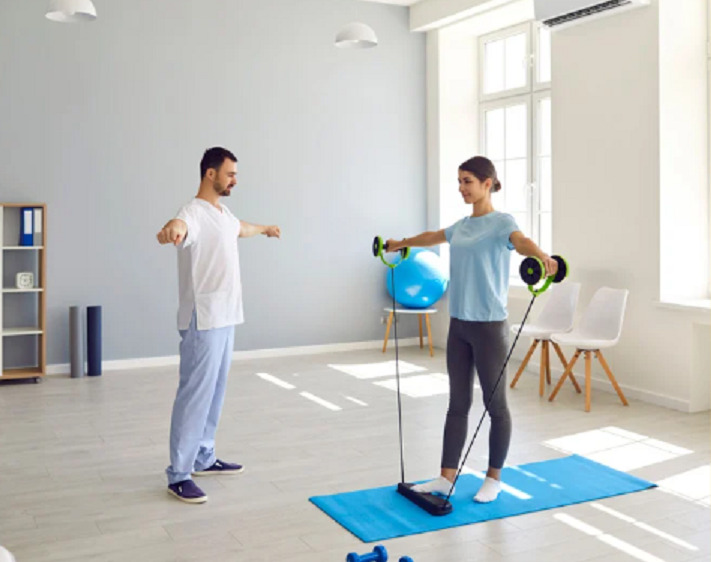Prehabilitation
Prehabilitation is assessing injury risk in advance and providing training to avoid problems before they arise. It should start with an initial assessment to make sure the program is personalised and addresses the specific needs of the person.
The concept Prehabilitation (or prehab) was first cited in a study in 1946 in the BMJ titled: Prehabilitation, Rehabilitation, and Revocation in the Army. It described an experiment in which good housing, hygiene, and recreation combined with controlled physical training and education for a period of around two months was found to improve the health ratings of 85% of the 12,000 men who participated. The report stated that the participants’ outlook on life also improved. Also, physical and psychological changes were ‘astonishingly easy’ to accomplish.
Since this time, prehabilitation has been adopted as either a preventative fitness program or pre-surgical program. Whereas with rehabilitation (or rehab), we are undertaking something that is too late or has already ‘gone wrong’. A large factor in functional fitness is flexibility and staying active generally. Movement helps loosen up the body, keeping muscles limber. Strengthening muscles as we lose muscle mass is also important.
How does Prehabilitation work in practice?
It is good to consider our daily life and to recognise areas of weakness such as for example whenever you hoover, you seem to feel your back hurt or if you are wondering if your mattress is supporting you enough. These are likely precursor signs to demonstrate that we may have some inherent weaknesses which need addressing before injury has gotten a hold of us and could formally be classed as functional deficits.
We should learn and perform strength and conditioning exercises for muscles used in your particular daily tasks or sport.
Good footwear is something we try to ensure as part of the simplest prehabilitation programmes to all of our clients. This would half a podiatrist’s demand as so many patient presentations are due to poor (too old) footwear. A too tight shoe can cause a lifetime of ingrown toenail misery just for starters. A too loose shoe can create excessive shear/blistering and this can be the very start of an ongoing retrocalcaneal bursitis which aesthetically for some is bothersome or pinch callosities.
Are you suffering from this condition or other foot problems? At The Chelsea Clinic, we can help. One of our podiatrist can assist and then recommend what treatments are best to get you back on track.  Podiatrist South Kensington
Podiatrist South Kensington
Schedule an appointment here or you may call us at 44 (0) 207 101 4000. 
We hope you have a feetastic day! 

-The Chelsea Clinic and Team


 Podiatrist South Kensington
Podiatrist South Kensington




